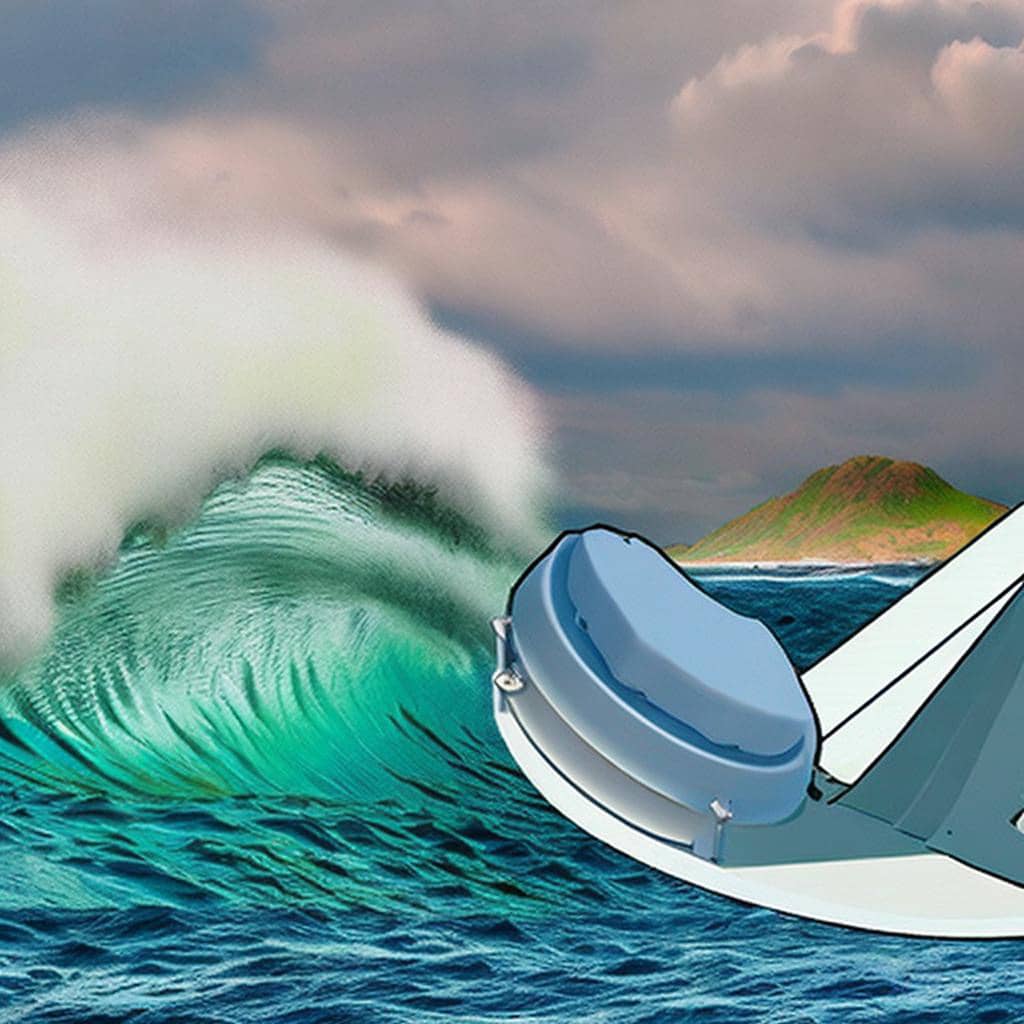An Overview
Wave energy is a renewable energy source that harnesses the power of ocean waves to generate electricity. This technology has the potential to provide a significant amount of clean energy, with estimates suggesting that wave energy could supply up to 10% of the world’s electricity needs.
Wave energy converters (WECs)
Wave energy converters (WECs) are devices that use the motion of waves to generate electricity.
Wave Energy: An OverviewThere are several different types of WECs, each with its own advantages and disadvantages.
Oscillating Water Column (OWC) devices
OWC devices use the motion of waves to compress and decompress air in a chamber, driving a turbine that generates electricity. OWC devices are reliable and have low maintenance requirements, but they can be expensive to build and operate.
Point Absorbers
Point absorbers are floating devices that are tethered to the seabed and move up and down with the motion of waves. The motion of the device drives a generator that produces electricity. Point absorbers are compact and easy to install, but their power output is relatively low.
Overtopping Devices
Overtopping devices use the motion of waves to fill a reservoir with water, which is then released through a turbine to generate electricity. Overtopping devices are efficient and have a high power output, but they require a large amount of space and can be expensive to build.
Advantages of wave energy
Renewable and clean
Wave energy is a renewable energy source that produces no greenhouse gas emissions or air pollution.
Predictable
Wave energy is a predictable energy source, with wave patterns and energy levels easily measured and forecasted.
High energy density
Waves carry a large amount of energy, making wave energy a potentially significant source of power.
Can be integrated with other renewable energy sources
Wave energy can be used in combination with other renewable energy sources, such as wind and solar power, to provide a more reliable and consistent energy supply.
Job creation
Wave energy projects can create jobs in manufacturing, installation, and maintenance.
Challenges associated with wave energy
High capital costs
Wave energy projects can be expensive to build and operate, and the technology is still in the early stages of development.
Environmental impact
Wave energy projects can have an impact on marine ecosystems, particularly on marine mammals and fish. However, research is ongoing to mitigate these impacts.
Lack of infrastructure
The development of wave energy requires the establishment of a new infrastructure, such as grid connections and energy storage systems.
Wave energy is a promising technology that can provide a significant amount of clean and renewable energy. While there are still challenges to be addressed, such as high capital costs and environmental impact, wave energy has the potential to play an important role in the transition to a more sustainable and low-carbon energy system.

Shop corner
Wave energy on Amazon
Thank you for questions, shares and comments!
Share your thoughts or questions in the comments below!
Source OpenAI’s GPT language models, Fleeky, MIB, & Picsart





